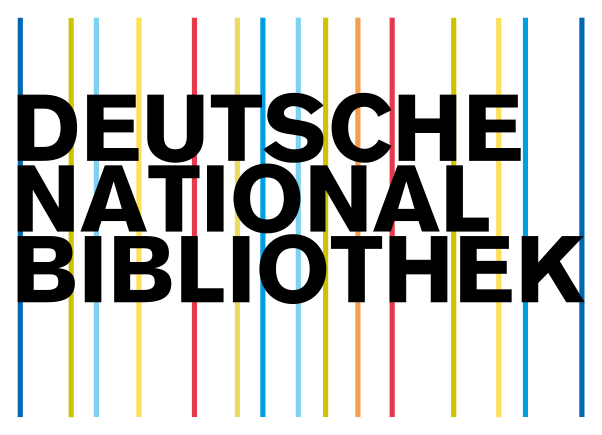Reducing Distortion in Steganography using Syndrome Trellis Code
DOI:
https://doi.org/10.5281/zenodo.3974530Keywords:
Steganography, Syndrome Trellis Code, DistortionAbstract
Data protection is one of the most daunting issues facing the technology world today. Numerous schemes have been proposed over the last decade to protect the transmission of confidential data over the public network (Internet). Steganography, along with cryptography, can be one of the best ways to solve this problem. The word stego is the Greek word "Secret." Steganography is the process of embedding a hidden message to an image. Essentially, distortion occurs as pixel length increases, as distortion increases hackers can easily target the computer and can easily view the information contained in the image. The non-binary embedding scheme by syndrome-trellis codes is used here to reduce the distortion. The role of the Trellis Syndrome Code in steganography is to assign a scalar to any possible value of a stego element representing the distortion of an embedding shift by replacing that value with the cover element. The entire distortion is assumed to be a portion of the pre-element distortions.
Downloads
References
Naveen Chandra Gowda ,P. Sai Venkata Srivastav, GuruPrashanth R,Raunak.A,Madhu Priya R, ”Steg Crypt Encryption using steganography” IJEAT Volume-8 ,Issue-5S, May 2019.
Xueyi, Lu Guopeng, Wang Yunlu, Zhang Yan,” A JPEG Steganographic method based on syndrome Trellis Codes” IJERT 10th January 2013.Vol.47 No.1.
Tomas Filler, Jan Judas, Jessica Fridrich "Minimizing Embedding Impact in Steganography using Trellis-Coded Quantization", January 18-20, 2010.
P N S Lakshmi, Ch N P Latha,”A Novel Syndrome Coding Scheme For Embedding And Minimizing Distortion in Steganography” IJCSMC, Vol 2,Issue.10,October 2013.
Rupali Bharadwaj, Vaishali Sharma,”Image Steganography Based on Complemented Message and Inverted Bit LSB Substitution” ICACC, September 2016.
Guangjie Liu, Weiwei Liu, Yuewei Dai, Shiguo Lian,”Adaptive Steganography Based On Syndrome- Trellis Codes and Local Complexity” IEEE, June 2012.
Sravanthi, Ramesh.J, Naresh.A, “Improved Statistical Steganalysis Using Syndrome-Trellis Codes” JATIT Vol. 1 Issue 6, August – 2012.
M.Suryadevi, S.Thenappan, “Uniform Embedding For Efficient JPEG 2000 Steganography - Syndrome Trellis Coding” ISO, May 2015.
C.P.Sumathi, T.Santanam, G.Umamaheshwari “A Study of Various Steganographic Techniques Used For Information Hiding” IJCSES, Vol.4, December 2013.
Swasti Saxena, “Secure Data Transfer through a Combination of Steganographic and Cryptographic Encryption Technique”, Feb 2015.
Michael T Raggo and Chet Hosmer, “Data Hiding: Exposing Concealed Data in Multimedia, Operating Systems, Mobile Devices and Network Protocols” 1st Edition.
Eric Cole,” Hiding in Plain Sight: Steganography and the Art of Covert Communication”.
L.Zhang, X.Zhao, “An Adaptive Video Stagenography Based on Intra-Prediction Mode and Cost Assignment” IEEE, May 2007.
C. Wang, J Ni, “An Efficient JPEG Steganographic Scheme Based on the Block Entropy of DCT Co efficients” May 2012.
Y.Dong, X.Jiang, T.Sun, D Xu, “Coding Efficiency Preserving Steganography Based on HEVC Steganographic Channel Model” IEEE, April 2007.







